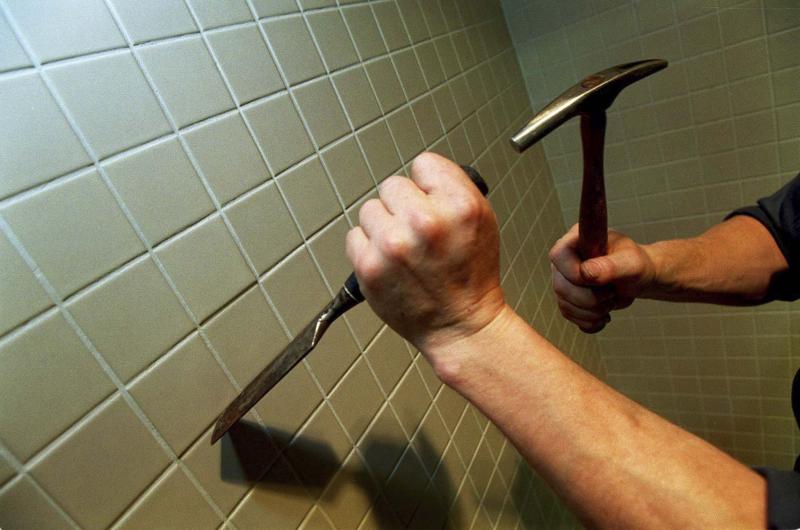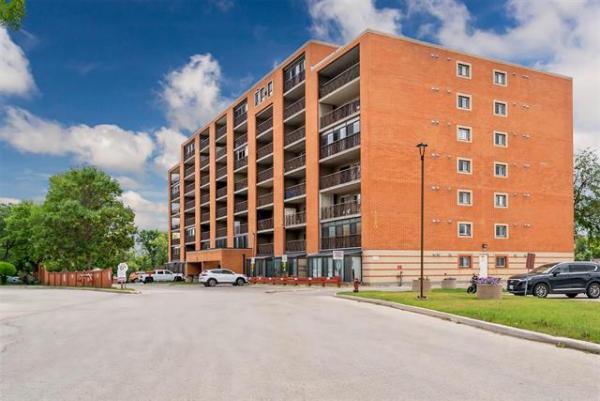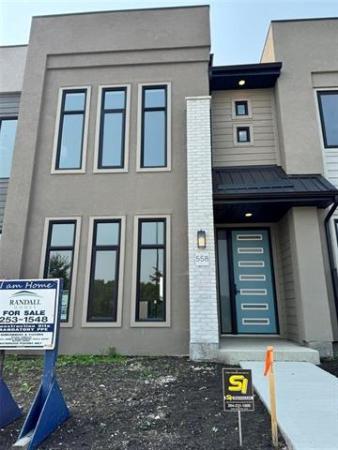Question: Thanks for your column and advice for homeowners. Attached, you will see an email I sent to the architect and building contractor of my new bathroom. Both are very good and highly skilled. The subject is the white grout in my small bathroom, which was renovated 18 months ago, has turned yellow in spots. I am also concerned about the potential white grouting job to be done in my other new bathroom, now under construction. Do you have any advice?
Many thanks, Rosalind Prober
Answer:
One common misconception about home inspections is they are all encompassing in relation to house components. While this may be true about the major house systems, it does not apply to items that may be of a purely cosmetic nature. Your grout issue, while likely being a major annoyance, is strictly cosmetic and would be beyond my area of expertise or responsibility to comment on as a registered home inspector.
While many inspectors may have extensive knowledge about various esthetic features or components of a home, they are typically considered outside the scope of a typical home inspection. Some inspectors have a background in painting and decorating, masonry, renovations or general contracting that would give them the knowledge to answer questions like yours, but others don’t. That may come as a surprise to you and some readers, but this limitation should not affect the performance of their normal duties.
The reason for this confusion is that an inspector is responsible for evaluating a building and its performance for major defects in its various systems, not its esthetics. As an example, checking a roof for proper installation, flashings, wear and tear, and other common defects is required, but evaluation of discolouration or visual defects is not. While it may be a major problem for a purchaser or home owner to see the shingles on the roof change colour and not meet their cosmetic expectations, it will not normally affect their performance. Funny coloured roofing should still prevent leakage and damage to roof sheathing and other components, even if it looks bad from the ground. Even a poor installation, where the rows are slightly crooked and the shingle tabs don’t line up vertically, may still prevent leakage for many decades. While this last item may be an unsightly, amateurish error on the part of the installers, it should not prevent the roofing from doing its job.
In relation to your yellowing tile grout, the same limitations apply. I could take the time to speculate on the dozens of reasons why the grout may be discolouring after installation, but the truth is it should not prevent it from functioning properly for many years. Grout is installed to fill the small gaps between individual ceramic tiles, preventing moisture intrusion through the surface in those areas. Since it is a masonry product, made up of natural components like sand, it may change in appearance depending on various conditions. Wet grout can have a darker appearance than when dry, and can also change in colour from initial installation to completion. Most grouts are coloured, even white ones, and that process is never completely consistent. Unlike paints, tinting masonry products is a bit of a gamble. In your case, some portions of the grout may be retaining the white tints better than others. The areas that the white colouring is not consistent is probably closer to the natural colour of the components.
Since you have commented on the quality of your designer and contractor, it appears you have faith in their abilities. You should also extend that confidence to their advice in regards to the grout issue. Listen to what they suggest and follow up on their recommendations. If they suggest complete replacement of the grout, perhaps with a contrasting colour, where subtle difference will not be as striking as the current white grout, do it. If they have other recommendations to make it more appealing cosmetically, take those into consideration also. If none of their suggestions pan out to your satisfaction, contact alternative tile suppliers or contractors to see if they have a different brand of grout or other products that will meet your standards.
Personally, as a former general contractor for 15 years before becoming an inspector, I can sympathize with your dilemma. You paid for a specific tile and grout look and the end product, while properly installed, is not meeting your aesthetic standards. As a registered home inspector, I am primarily concerned with the overall quality and performance of the tiles and grout and would suggest that there really is no serious problem with your new bathroom. If you can’t live with the status quo, I would hound the contractor until they found a reasonable alternative, or look for an alternative contractor.
Registered home inspectors are normally responsible to find, identify, and provide recommendations about serious building defects that may affect the performance of buildings. They are not, however, required to figure out why something has changed colour or provide advice about purely cosmetic issues. That should be more ably suited to an interior designer, painter, or other contractor who has vast experience in aesthetic elements in homes, so consulting them would be my best advice.
Ari Marantz is the owner of Trained Eye Home Inspection Ltd. and the past president of the Canadian Association of Home & Property Inspectors — Manitoba (cahpi.mb.ca). Questions can be emailed to the address below. Ari can be reached at 204-291-5358 or check out his website at trainedeye.ca.
trainedeye@iname.com




